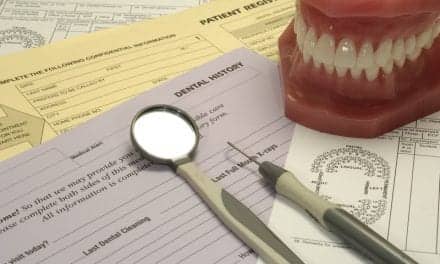The American Academy of Sleep Medicine has launched the “Act on Actigraphy” campaign highlighting the importance of actigraphy testing for sleep disorders and urging payers to reimburse health care professionals for this evidence-based medical service, which is an essential tool for the provision of patient-centered sleep care.
In 2018 the AASM published an evidence-based clinical practice guideline that supports the use of actigraphy in adult and pediatric patients with a suspected or diagnosed sleep disorder such as insomnia or a circadian rhythm sleep-wake disorder. The American Medical Association’s Current Procedural Terminology code set also includes the code “95803” for reporting actigraphy services.
However, many payers still list actigraphy as “experimental” or do not reimburse for the service, presenting a significant access-to-care barrier for patients who would benefit from this sleep assessment. Due to this barrier, billing for actigraphy has decreased by 86.25% since 2013, according to Medicare claims data.
“Actigraphy is a relatively inexpensive service, but it captures valuable sleep-related data that can play an important role in the assessment of a sleep disorder or therapy,” says Paul Raymond, MD, chair of the AASM Payer Policy Review Committee, which developed and is leading the campaign, in a release. “Because actigraphy can be used by patients at home for an extended period, it captures real-world data that can yield important insights when reviewed and interpreted by a sleep clinician. It is essential for payers to recognize the clinical value of actigraphy and provide reimbursement for this important service.”
Actigraphic devices are typically worn on the wrist or ankle, and they can be used by patients for a few nights or an extended period of multiple weeks. The devices record and integrate the occurrence and degree of limb movement activity over time, and mathematical algorithms are then applied to these data to estimate wakefulness and sleep.
The “Act on Actigraphy” campaign will increase AASM engagement with payers by:
- Focusing on the evidence that supports the use of actigraphy in adult and pediatric patients with sleep disorders
- Describing cases to demonstrate the use of actigraphy testing in clinical practice
- Offering recommendations regarding appropriate coding and documentation for the service
- Providing an opportunity for members to take action to encourage payer policy alignment with the AASM’s evidence-based clinical practice guidelines
Photo 90562868 © Fizkes | Dreamstime.com



